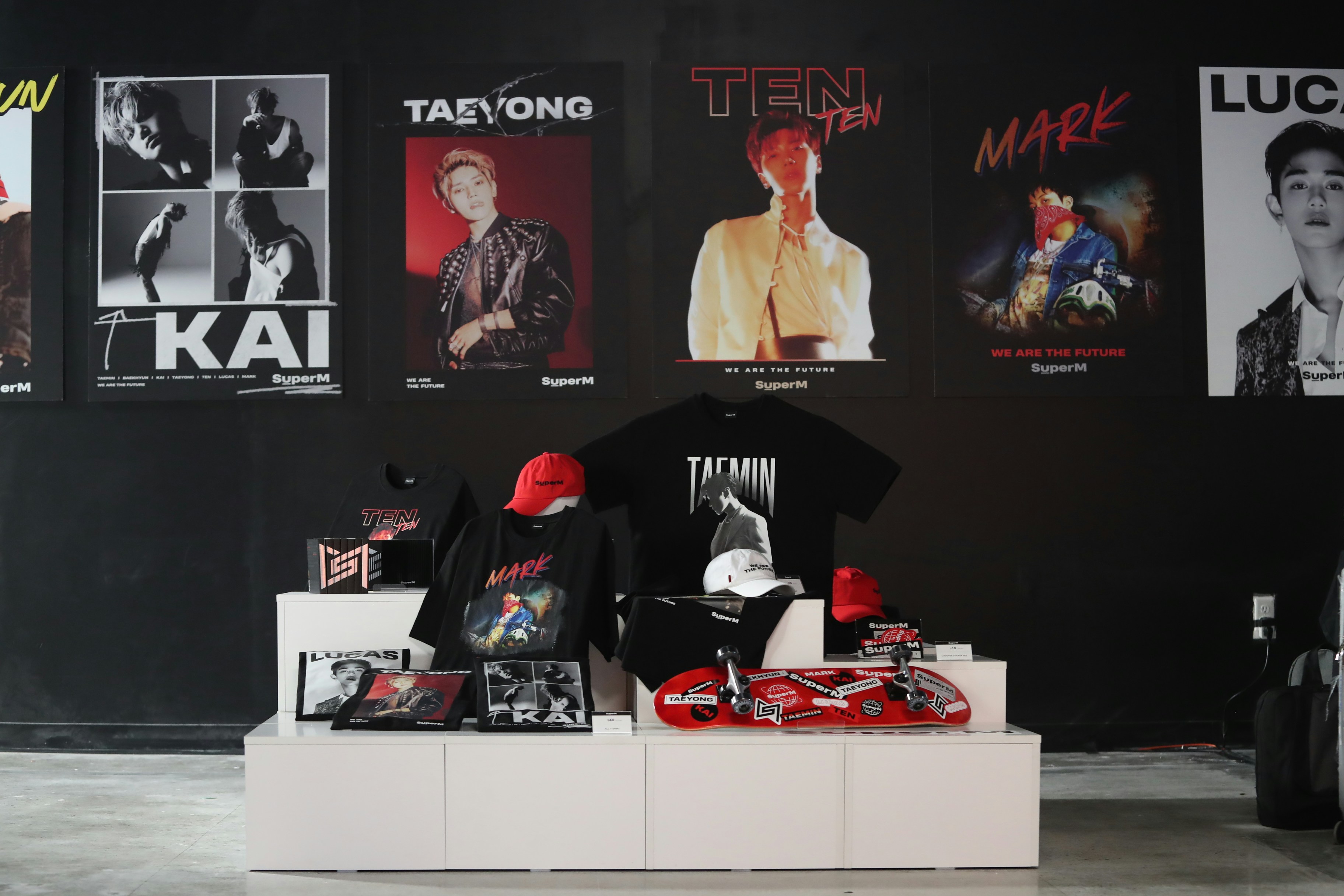Holographic Art: Redefining the Gallery Experience
In the ever-evolving landscape of contemporary art, a groundbreaking medium is reshaping how we perceive and interact with creative expressions. Holographic art, once confined to the realm of science fiction, has emerged as a powerful tool for artists to push the boundaries of traditional mediums. This fusion of cutting-edge technology and artistic vision is not only captivating audiences but also challenging our understanding of space, dimension, and reality itself. As galleries and museums worldwide embrace this innovative form, we explore the rise of holographic art and its profound impact on the art world.

From Scientific Tool to Artistic Medium
Initially developed for scientific and industrial applications, holography found its way into the art world through the efforts of visionary creators. Early holographic artists faced numerous technical challenges, from the need for specialized equipment to the limitations of available materials. Despite these obstacles, they persevered, laying the groundwork for future generations of holographic artists.
The Digital Revolution and Holographic Art
The advent of digital technology in the late 20th and early 21st centuries revolutionized holographic art. Computer-generated holograms and advanced projection systems expanded the possibilities for artists, allowing for more complex and interactive installations. This digital shift also made holographic art more accessible, enabling a new wave of creators to experiment with the medium.
Beyond the Frame: Immersive Holographic Installations
Modern holographic art has transcended the confines of traditional gallery spaces. Artists are now creating immersive installations that envelop viewers in three-dimensional light sculptures. These works challenge our perception of reality, blurring the lines between the physical and the virtual. Galleries and museums are redesigning their spaces to accommodate these innovative installations, transforming the visitor experience into something truly otherworldly.
The Cultural Impact of Holographic Art
As holographic art gains prominence, its influence extends beyond the art world. The technology is being adopted in fields such as education, entertainment, and advertising, showcasing its versatility and potential for widespread impact. In the cultural sphere, holographic art is prompting discussions about the nature of reality, the role of technology in creativity, and the future of artistic expression.
Challenges and Controversies
Despite its growing popularity, holographic art faces several challenges. The high cost of production and display equipment can be prohibitive for many artists and institutions. Additionally, there are ongoing debates about the authenticity and preservation of holographic works, as well as concerns about the environmental impact of the technology used to create and display them.
The Future of Holographic Art
As technology continues to advance, the possibilities for holographic art seem limitless. Emerging techniques like volumetric displays and light field technology promise even more realistic and interactive holographic experiences. Artists are also exploring the integration of holography with other mediums, such as sculpture and performance art, further expanding the boundaries of creative expression.
A New Dimension in Art Appreciation
Holographic art is redefining how we engage with and appreciate art. By offering a level of immersion and interactivity previously unseen in traditional mediums, it challenges viewers to become active participants in the artistic experience. This shift is not only transforming the role of the audience but also inspiring new forms of artistic collaboration and experimentation.
Conclusion
As holographic art continues to evolve and gain recognition, it stands poised to become a defining medium of the 21st century. Its ability to merge technology, science, and creative vision offers a glimpse into the future of artistic expression. While challenges remain, the potential for holographic art to revolutionize our understanding and experience of creativity is undeniable. As we look to the future, one thing is clear: holographic art is not just a passing trend, but a transformative force in the world of contemporary art.





